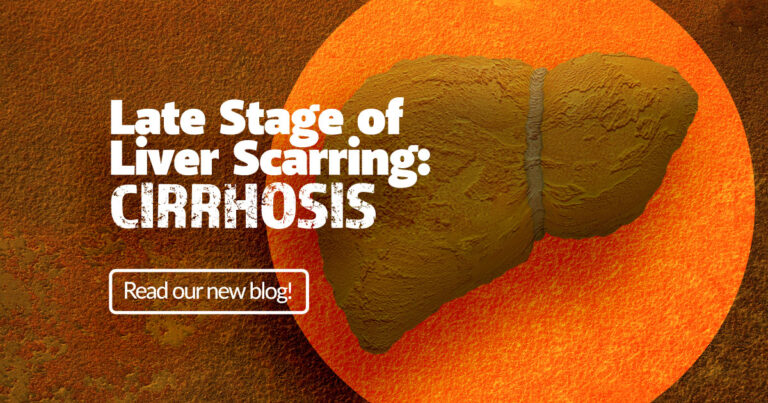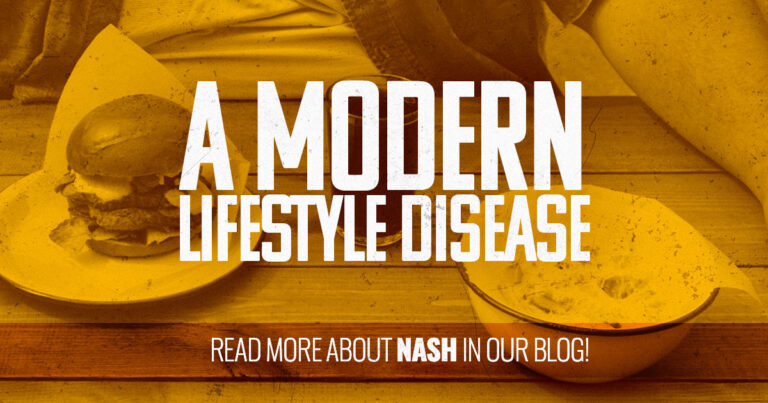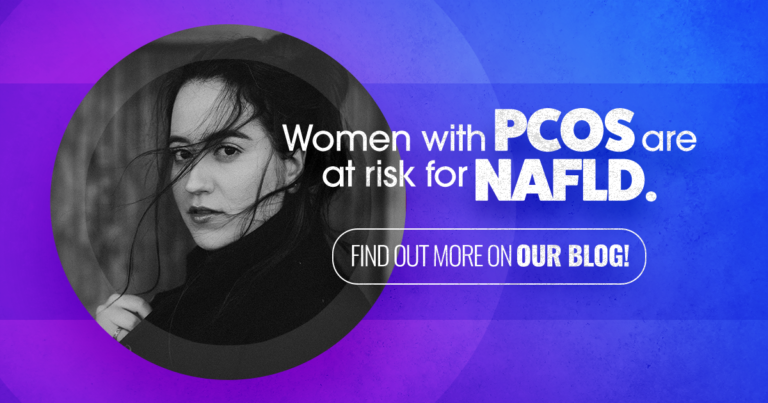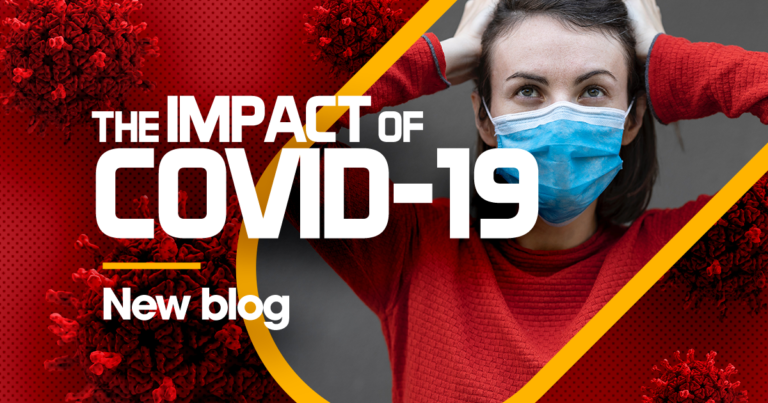
New Year – New Diet – Same Liver
Performing over 5,000 vital functions to sustain life and regeneration are some of the liver’s most remarkable features. It truly is an extraordinary organ, but it is not invincible. The celebrations of the holidays can add extra strain to your liver. If you have liver disease, these overindulgences can cause lasting effects. It’s the new year, but you have the same liver. While you are making your resolutions, consider a new diet to keep your liver healthy. Your Liver’s Depending on You The liver filters everything you eat and drink, and that is absorbed into your body. It can’t control what you put into it, but you can control how well it functions. Chronic alcohol consumption and foods high in saturated fats and processed sugars take a toll on the liver. These cause some of the most common liver conditions, such as alcohol and non-alcohol related fatty liver diseases. Each liver patient has individual diet needs, so talk with your doctor about what’s right for you. Here are some general tips everyone’s liver can benefit from: Foods good for the liver in addition to a balanced diet: Coffee– Lowers the risk of cirrhosis, or permanent liver damage, in people with chronic liver disease. Grapefruit– Grapefruit contain antioxidants that naturally protect the liver from injury. Blueberries and Cranberries– Consuming these fruits for 3–4 weeks has been shown to protect the liver from damage. Foods High in Fiber– Fiber helps your liver work at an optimal level. Drink Plenty of Water– Water helps your liver function better by keeping your body hydrated. Foods to avoid: Any foods high in saturated fats Those containing high levels of sugar and salt Stay clear of fried foods, including fast food restaurant meals Raw or undercooked shellfish should be avoided as well If you are allowed alcohol, limit to one drink per day The Silent Killer Liver disease is progressive and typically takes years to develop. Often, there are no noticeable signs of an issue until the later stages. Diabetes, alcoholism, and obesity are the top risk factors. If you’re at risk, schedule a FREE fibroscan to check your liver health with us today. Fibroscans are a quick, non-invasive, painless scan that can determine if you have nonalcoholic steatohepatitis (NASH) or other fatty liver diseases. If your results indicate an abnormal function, our staff will discuss enrolling you in one of our liver disease studies here at Arizona Liver Health. Clinical research studies and the volunteers who participate in them make advancements in liver patients’ healthcare possible. To learn how you can get involved, call us at (480) 470-4000, or visit our study listing on our website. References: https://www.healthline.com/nutrition/11-foods-for-your-liver#TOC_TITLE_HDR_2 https://liverfoundation.org/for-patients/about-the-liver/health-wellness/nutrition/?gclid=CjwKCAiAoOz-BRBdEiwAyuvA69fghB4XiYIBdlbZL4zIf8PEl2b-ju8gvq3IdkqgcN7Kl6VEn4gf6hoCNO0QAvD_BwE





